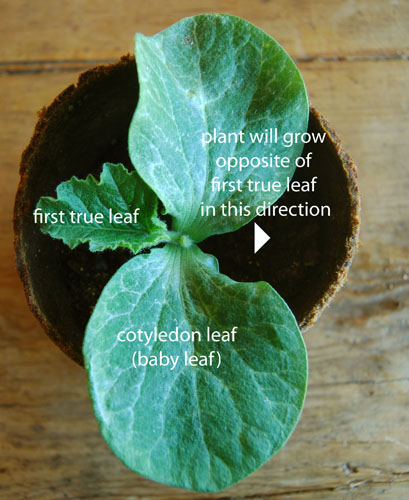Ok, here’s the skivvy on giant pumpkin sex 101. I’ve been talking about giant pumpkin pollination a lot and have been giving bits and pieces of info and so want to be clear about WHY we choose to pollinate them and HOW we hand pollinate giant pumpkins.
First WHY do we pollinate them?
If I was growing regular pumpkins I wouldn’t pollinate them, I’d just let the bees do it but giant pumpkin growers want to know what genetic material is being passed from the male flower to the female flower of a pumpkin. why? Because it doesn’t affect this season’s pumpkin, but the next year’s seeds of that pumpkin. That way we can grow bigger pumpkins, prettier pumpkins, oranger pumpkins, rounder pumpkins, etc. next year. If we let the bees do it, we wouldn’t know which pumpkin plant the pollen came from as the bees visit many flowers from many plants.
So we grow several different pumpkins from seeds from different giant pumpkin growers. For instance, I have 3 growing right now and one that I hand pollinated the other day was from the seed of a 895 lb pumpkin seed grown by a grower named Grande in 2009 (hence it is called an 895 Grande 09) and I crossed that female flower with the male flower from a seed of a 945 lb pumpkin seed grown by a grower named N. Harp in 2010 (hence it is called 945 N.Harp 10). Why would I do it? I’m trying to cross 2 top notched pumpkins and see what I can get. I hope to get a round really orange pumpkin with great weight. The 895 Grande was really pretty but the 945 N. Harp came from great genetics. I know which pumpkins they came from because those growers list that with their seed. I can also look up the grandparents as well. If we let the bees do it, we would not have this information to help us decide.
Second question is HOW we do we hand pollinate the female flower?

male flower side view

female flower side view
First all pumpkins produce both male and female flowers on each plant. The male flowers show up first and then the female flowers start showing up. I watch the closed green female flowers closely for when they start to get big and slightly yellow orange on the tip of the flower but the flower is still closed. When I see that, I know it will OPEN THE NEXT MORNING. So I cover it the night before and some male flowers as well so the bees won’t get to it first with unknown pumpkin pollen. Then I get up EARLY the next morning as we have a 4 HOUR

male flower inside with stamen

female flower inside with stigma
WINDOW TO POLLINATE THE FEMALE
FLOWER, (GENERALLY 6-10AM) and find some newly opened MALE flowers (or uncover the ones from the night before) from the plant I want to cross the female flower with. It could be from the same pumpkin plant or a different one. Now remember we can tell the female flowers because it looks like a little pumpkin is attached at the base of the flower while the male flowers are on skinny stems only. See pictures. Also the inside of male and female flowers are different and when the flowers are open you can see the differences. Male flowers have stamens (kind of look like a penis-I told you we would talk sex) that have the pollen on it which looks like grains of powder all over it. The female flowers have a stigma (think vulva) and if the timing is right (remember 4 hour time period) will accept the pollen from the male flower.

male flower with petals peeled off revealing the stamen
So as a giant pumpkin grower I take a male flower and peel off the petals leaving the stamen and take that flower and brush the stamen loaded with pollen like a paintbrush on the inside of the stigma and also around the outside of the stigma as well. Then I close up the female flower with a twistie so no other pollen can get in. I keep it closed for one day and take off the twistie afterwards and wait to see if the pollination takes which could take quite a few days. Sometimes they abort when they are a little smaller than the size of a basketball.

male stamen pollinating female stigma like a paintbrush
Inside each female flower are many immature eggs waiting inside immature seeds holding half the genetic material. The pollen holds the other half of the genetic material. If the female receives the pollen, the pollen will germinate and move down inside the stigma to the egg within an immature seed and fuse its genetic material with the genetic material of the egg stored in that immature seed inside that tiny pumpkin. PRESTO! FERTILIZATION has taken place. Every egg fertilized becomes a a viable future seed. And every seed fertilized holds the genetic material for a future pumpkin If not enough pollen as passed, the baby pumpkin will self abort. (or if it is too hot-90 degrees or hotter, they can abort too) COOL, HUH?! The so next time you need to talk to your kids about sex, you can talk pumpkin sex as an example!
Ok, have I given you too much info? I figure this way we won’t have to go over this again.!

















